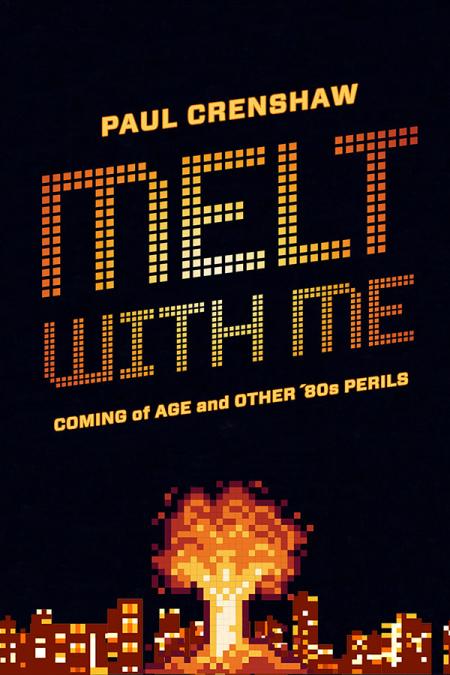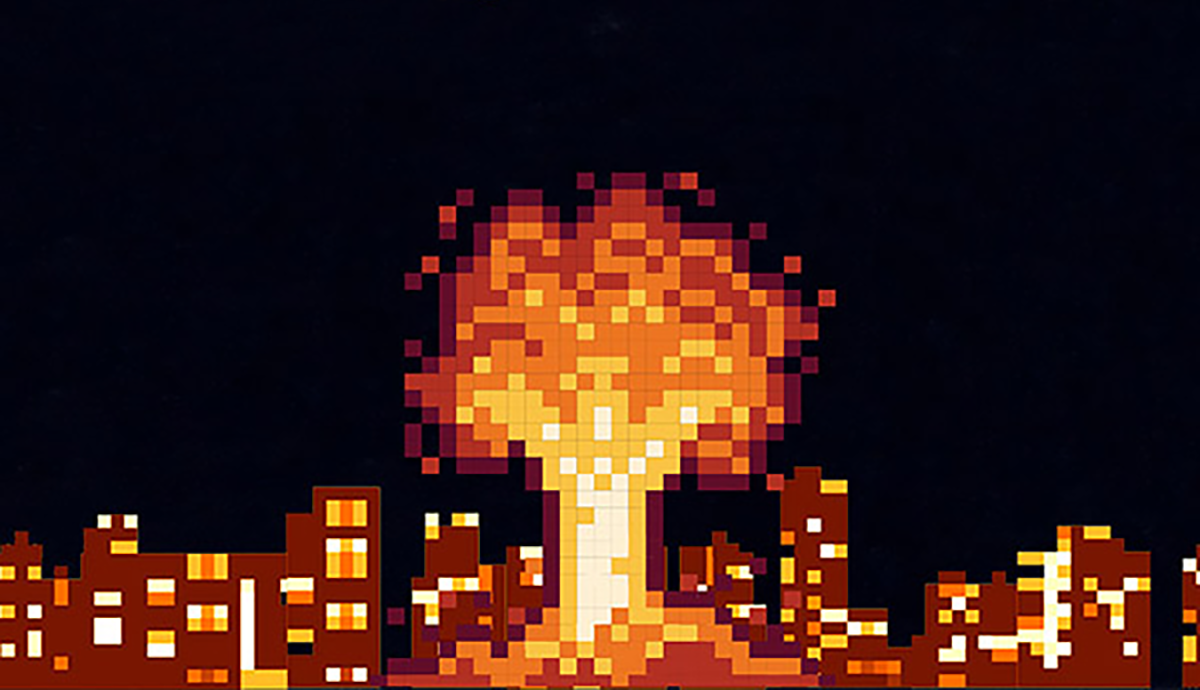I was born in 1968, grew up in the ’70s, and matured in the ’80s; I’m your typical Gen Xer. I played Pong and Pac-Man. I wanted and got my MTV. I was there when Reagan was shot, when the Challenger blew up, and the Berlin Wall came down. Like many my age, I look back on the ’70s and ’80s with a mixture of fondness and cringe. I’m, of course, fond of the ’80s because that was the decade I came of age, and looking back on that, I’m also red-faced from the cringe of having been so young and naïve. I also remember the fear.
 The ’70s and ’80s were a time of fear and anxiety for all of us who grew up then. The Cold War gave us the ever-present threat of nuclear war hovering above our heads. The Satanic Panic had us looking over our shoulders constantly and warily eyeing any van that drove slowly by. There were also the more personal fears of being an outcast, of losing the comfort and stability of home through divorce, and coming to terms with death for the first time. Those fears are expressed accurately in Paul Crenshaw’s Melt with Me: Coming of Age and Other ’80s Perils, published this month by The Ohio State University Press.
The ’70s and ’80s were a time of fear and anxiety for all of us who grew up then. The Cold War gave us the ever-present threat of nuclear war hovering above our heads. The Satanic Panic had us looking over our shoulders constantly and warily eyeing any van that drove slowly by. There were also the more personal fears of being an outcast, of losing the comfort and stability of home through divorce, and coming to terms with death for the first time. Those fears are expressed accurately in Paul Crenshaw’s Melt with Me: Coming of Age and Other ’80s Perils, published this month by The Ohio State University Press.
Crenshaw writes marvelously about Mike Warnke and his Satanic grift, the thrill of Star Wars and video games, the realism of professional wrestling, and how it was never wrong to miss that last turn at Albuquerque. He writes with a poignancy that never verges on schmaltz and sentimentality, also recalls nostalgia for our days of youth while also realizing things weren’t as simple as we all like to think.
Melt with Me comes streaking right out of the gate with the essay “Choose Your Own Adventure for ’80s Kids.” From strangers with candy in white vans, the joys and pains of being a latchkey kid (complete with the skeptical nature of parents and police), and the ubiquitous dangers of quicksand, it’s a playful re-creation of the beloved book series highlighting all the particular circumstances of being an ’80s kid and setting us up for the rest of the collection.
Through the theater of professional wrestling (or “rasslin’” as we say it down South), Crenshaw discusses the impact the Cold War had on our psyches. In “Professional Wrestling is Real,” wrestling is a reflection of our current political thought (and propaganda) with the Soviets and Iran as “heels” or bad guys and the aptly named US Express as “babyfaces” or good guys just as they were depicted on the nightly news. The reality of professional wrestling, however, was that the “heels” were ordinary immigrants who loved the USA as much as their counterpart antagonist “babyfaces,” if not more so.
These essays are an expression of the hopes and fears of a generation under constant threat from without and within.
In “Candy Cigarettes,” Crenshaw recalls the taboo of smoking as a kid, though we were offered candy and bubblegum cigarettes and cigars to mimic the adults around us. Smoking was most adults’ acceptable form of coping against the day-to-day travails of nine-to-five jobs, the struggle to make ends meet, and the constant threat of a Russian bombing that seemed to be embedded in everything we, adults and children, saw around us. “None of us could get enough air,” Crenshaw writes. “Everything, it seemed, was awful…. It’s no wonder we started smoking.”
One of the era’s most ubiquitous and longest lasting contributions to American culture were video games. Video games defined ’80s kids as much as Disco did for ’70s kids or The Beatles did for ’60s kids. Arcades sprang up in every rentable nook and cranny in covered malls, strip malls, and vacant buildings supplanting that ’70s staple: pinball machines. Playing Pac-Man was a national pastime, capturing the imagination of adults and kids alike, even spawning a top forty novelty song, featuring the game’s sound effects. Like anything else related to American culture in the ’80s, video games reflected our fears of nuclear annihilation and in “Missile Command,” Crenshaw talks of that ever-present threat and how video games helped us cope and still help us to cope to this day.
“What we were trying to do was find a way to live with fear. And since we could not understand how men could send missiles that might burn every baby alive, we laughed.” In the somber essay, “Dead Baby,” Crenshaw offers no coping solutions to the horror of those threats from other countries or from our neighbors, even in the midst of laughing. He shows us that the “sick” humor of dead baby jokes and the insult humor of “Yo’ Momma” jokes did little to assuage our guilt or comfort us when reality showed up, whether it was the reality of hometown child abuse or the constant threat of nuclear war.
Understand that Paul Crenshaw’s Melt with Me isn’t a trip down memory lane viewed through the soft-focus lens of age and longing, nor is it an old man’s jaundiced eye looking back on his youth in the ’80s with cynicism. These essays are an expression of the hopes and fears of a generation under constant threat from without and within. They succeed in taking us back to these memories without a heavy-handed anecdote or the saccharin pull of nostalgia; rather, they are a gentle reminder that regardless of the generation, those pop-culture moments that at the time seemed unremarkable will one day be recalled by the masses with a unifying intensity that will take us all by surprise. It is an honest account of our shared journey through the 1980s.



